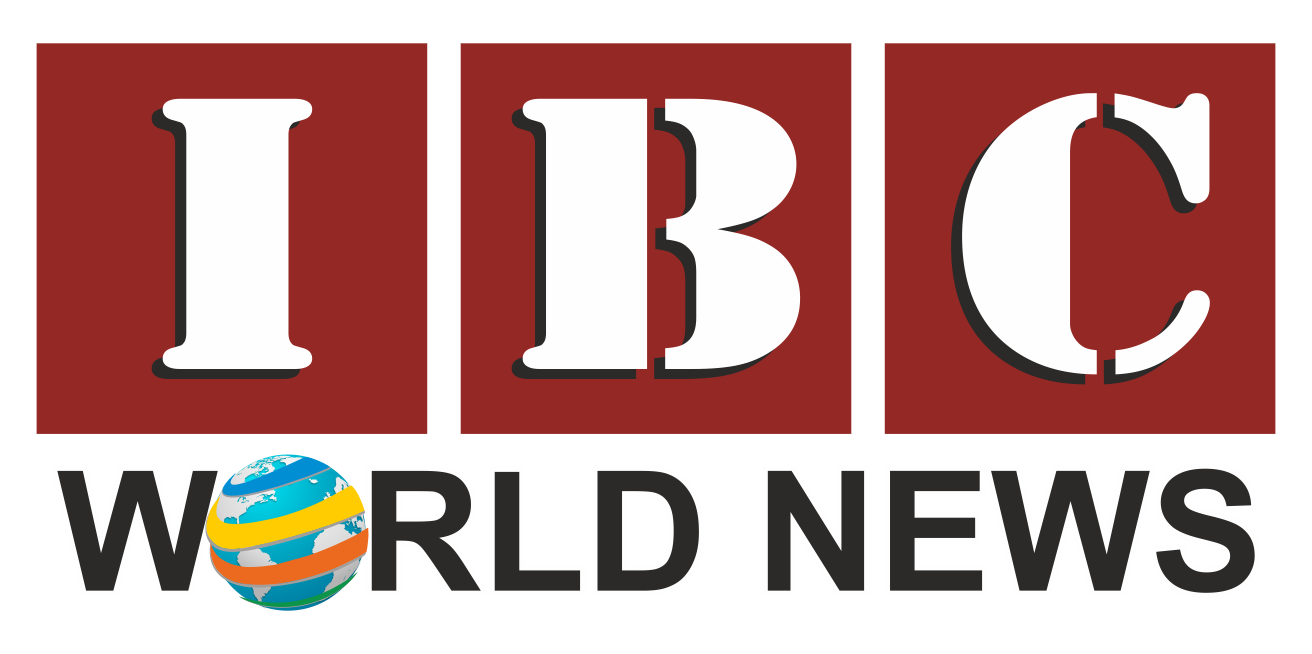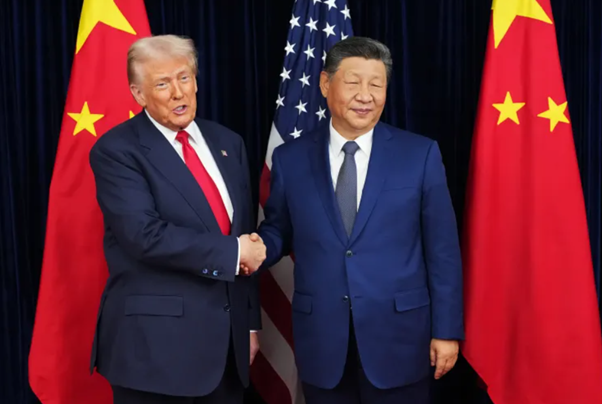A trade truce between Donald Trump and Xi Jinping highlights China’s growing strength and shifting balance in global power.
Gyeongju
The recent trade truce between former US President Donald Trump and Chinese President Xi Jinping in South Korea has reignited debate over which leader emerged stronger. Yet analysts widely agree that Xi entered the summit in a far more commanding position than during their last meeting in 2019.
Talks, held on the sidelines of the APEC summit, were marked by cordial gestures and mutual assurances. However, Xi’s carefully chosen words reflected his intention to project parity between the two nations. In the face of winds, waves and challenges, we should stay the right course… and ensure the steady sailing forward of the giant ship of China-US relations, he said, emphasizing shared global leadership.
Observers note that the meeting resulted in some rare concessions from Washington, including a partial rollback of export controls on technology-related goods. Experts argue that China’s economic resilience has significantly improved since Trump’s initial trade war in 2018, positioning Beijing to better withstand and counter US pressure.
China has definitely increased its stature, and the US has diminished its stature, said Dexter Roberts of the Atlantic Council’s Global China Hub. Roberts pointed to Beijing’s recent moves to tighten control over critical exports such as rare-earth metals, demonstrating China’s growing leverage in global supply chains.
While the truce may temporarily ease tensions between the world’s two largest economies, analysts suggest it underscores a new reality—China now sees itself as an equal peer to the United States, shaping a more multipolar global order.



